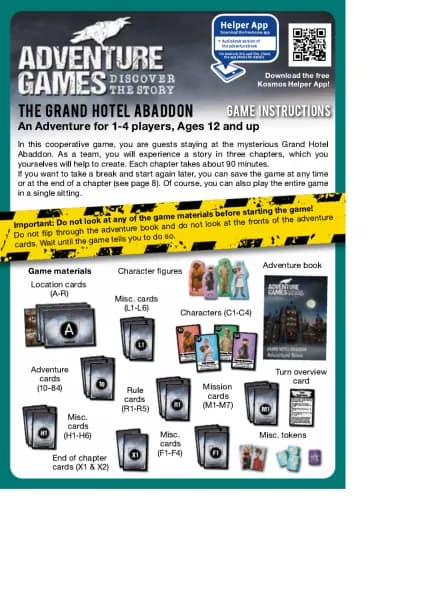Thames & Kosmos Chemistry C500 (Version 2.0) handleiding
Handleiding
Je bekijkt pagina 21 van 52

First blue,
then red
YOU WILL NEED
→ 2 test tubes
→ measuring spoon
→ stopper
→ pipette
→ litmus solution
→ sodium carbonate
→ tartaric acid
→ cup of white vinegar
→ cup of water
HERE’S HOW
1. Fill a test tube halfway with water and
add 5 drops of litmus solution. Close the
test tube with the stopper and shake so
that the litmus solution is evenly
distributed.
2. Color the blue solution light red with 2
drops of vinegar from the pipette.
Divide the solution between two test
tubes. You will need one of them now,
and the other for the next experiment.
3. Add 1 small spoonful of sodium
carbonate to one of the test tubes.
Shake the solution a little.
What do you see?
4. Now add 2 drops of vinegar with the
pipette.
What do you see now?
The litmus dye is apparently unharmed
by all this to and fro. Instead, it indicates
whether acid (light red) or base or alkali
(blue) has the upper hand. Some alkali
(sodium hydroxide, or soda lye) is
created when the sodium carbonate
dissolves in water.
2
3
4
2
x
VINEGAR
1
x
SODIUM
CARBONATE
2
x
VINEGAR
Safety Note:
For sodium carbonate and tartaric acid,
note the “Information about hazardous substances” on
page 7!
1/2
WATER
→
WHAT’S HAPPENING?
Acids and Bases | 19
EXPERIMENT 8
1
5
x
LITMUS
SOLUTION
Bekijk gratis de handleiding van Thames & Kosmos Chemistry C500 (Version 2.0), stel vragen en lees de antwoorden op veelvoorkomende problemen, of gebruik onze assistent om sneller informatie in de handleiding te vinden of uitleg te krijgen over specifieke functies.
Productinformatie
| Merk | Thames & Kosmos |
| Model | Chemistry C500 (Version 2.0) |
| Categorie | Niet gecategoriseerd |
| Taal | Nederlands |
| Grootte | 25520 MB |







